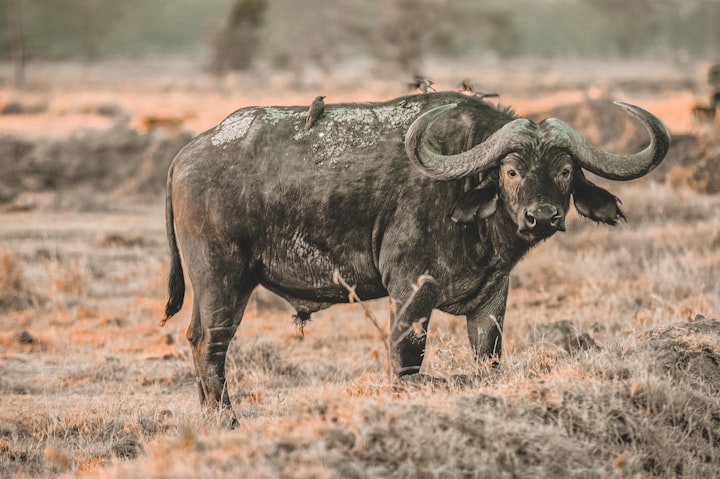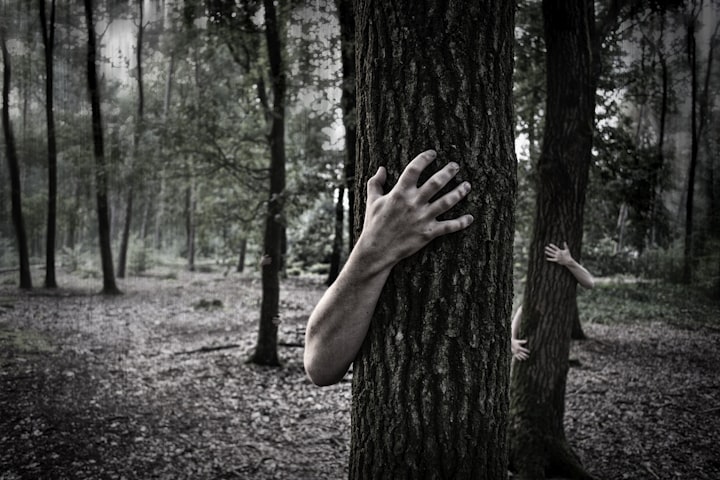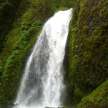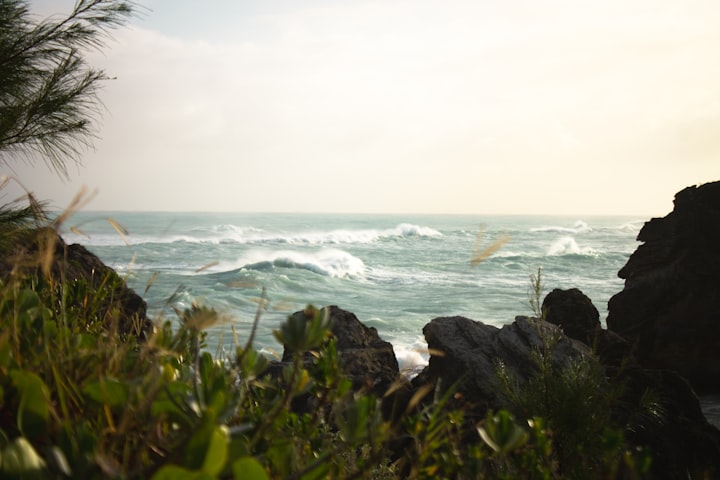Head-Smashed-In
Buffalo Jump UNESCO World Heritage Site

Take a short trip back in time… to when Dinosaurs Buffalo ruled the countryside...
The 'Buffalo Jump' is a prehistoric method of hunting that involves corralling and driving bison directly off of a cliff! That's right, we're talking about mass casualties. Just imagine the level of uncensored graphic content... it might just rival a zombie apocalypse.

And, just imagine the animal rights movement.

But back in the early 1800s they didn't have any of that nonsense, so if you happen to be reading this, and you are, erm, an animal rights activist, you might want to... get yourself a cup of tea, pull up a chair, and bear with me.
Head-Smashed-In Buffalo Jump is located in southwestern Alberta and is one of the oldest, largest, and best-preserved buffalo jump sites in North America.
It is also a UNESCO World Heritage site; one of only six in Alberta. Thus it is on par with likes of Yellowstone National Park, USA, and Machu Picchu, Peru, among others.
Yet, this site has held a number of different names in the past, including Spring Point Jump and Fort Macleod Jump. Interestingly though, the latest name bestowed upon this site happens to stem from the bizarre misfortune of a lad from the Piegan tribe (Legend has it that he was a legendary warrior). And though this chap's Kung Fu Fighting skills were, indeed, the stuff of LEGEND, he nonetheless underwent the misfortune of having his head-smashed-in, after climbing down from the cliff into the corral to witness a buffalo drive. I recount the story (verbatim) from a reputable online source:
He became curious and climbed inside the corral and was standing near the cliff when the buffalo started to drive over. He stood under the protection of the cliff and the buffalo fell past him and were killed or crippled by the fall. The bodies piled up higher and higher until they crushed the young man against the cliff. When the people came to do the butchering, they found him with his head crushed in by the weight of the buffalo.
What a way to go... I suppose this is just one reason as to why you should never get too close to the action.
Anyway, the present-day Piegan reservation is located across the road and, is most closely associated with the Buffalo Jump. In the early 1800s when the land still flourished with buffalo, the tribes of Blackfoot (four distinct nations, which included the Piegan) would drive the scores of buffalo off the edge of the cliffs, for the purposes of harvesting them.
I know what you're thinking...

But, it wasn't quite like the factory farming practice of today. Instead, the Blackfoot tribes would cut, pound and grind all the useful parts of the Buffalo, so that the animals could be used for everything from tools, to shelter (at least, that's what we'd hope). However, over-exploitation, disease and habitat loss, all contributed to their near extinction.
Thankfully, there was a revival.

Today the number of Buffalo have once again returned to... somewhat acceptable levels. However, populations are still vulnerable to the aforementioned risks.
Here is some additional info:
The site of Head-Smashed-in is located 3 miles north of the Old Man River and consists of hills that extend for 50 miles along the western border of the Saskatchewan plains. These hills rise 2000ft above the valley floor and are mostly composed of non-marine shales, siltstones, and sandstone. In addition, the vegetation of the region is mostly coniferous forest, mixed with some grasslands at relatively lower elevations. The climate (typical of southwestern Alberta), is characterized by 18in annual precipitation, prevailing westerly winds, and high Chinook frequencies (in winter).
More significantly, the conditions found at the site (moderate winters, along with highly productive grasslands) make this region the best winter cattle range in Alberta. Thus, the frequency of prehistoric and historic sites within the region of Head-Smashed-In is relatively high.
The site complex consists of the kill site, campsite and gathering basin. The kill site features the cliff jump as well as the bone midden. The slump block at the base of the cliff, on which the kill deposits are situated, is dissected in its central portion by a fountainhead (a noteworthy feature, but long since dry).
The cliff outcrop is composed of Paskapoo sandstone. The section of the cliff that served as the jump-off has the longest exposure of maximum vertical drop and averages 35-40ft over a lateral distance of 1000ft. The campsite, in comparison, is 60ft below the kill site; and debris extends over a distance greater than 3200ft. Within the campsite, features such as hearths and boiling pots are common. Major areas reside to the north and south of the spring.
Finally, the gathering basin is a natural grazing area with plenty of water and mixed grasses located 2 mi west of the cliff, which has served to attract herds of buffalo. Drive lanes marked by small stone cairns occur in the basin and are thought to have helped the hunters direct the buffalo to the kill site.
Artifacts recovered from the site can be dated and classified using radiocarbon methods.
About the Creator
Delusions of Grandeur
Influencing a small group of bright minds with my kind of propaganda.






Comments
There are no comments for this story
Be the first to respond and start the conversation.